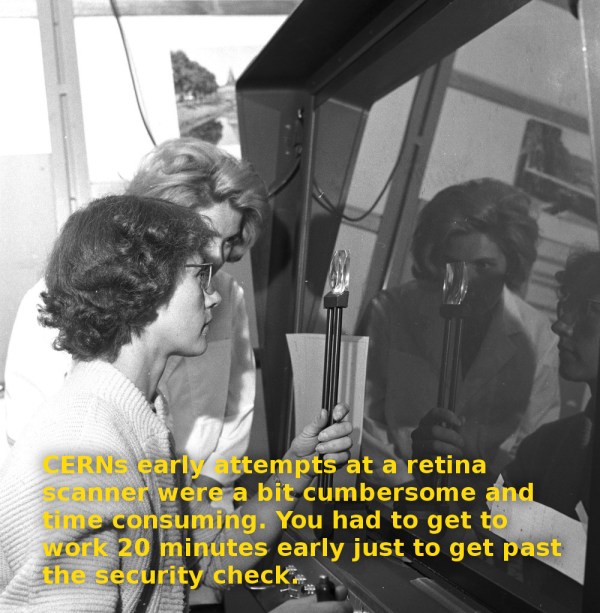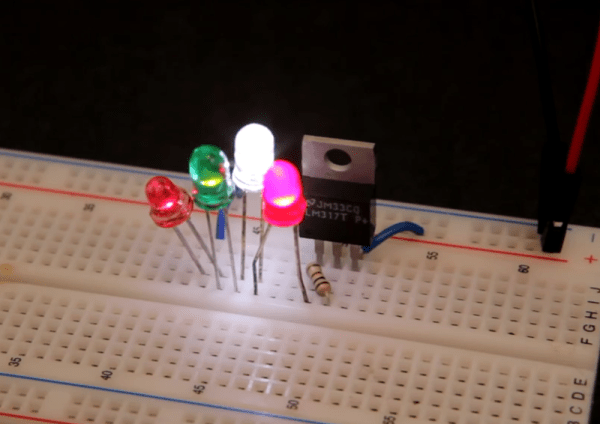It’s been less than a year since the ESP8266 WiFi Module was released. This is a chip whose original data sheets were only available in Chinese, could only be controlled through AT commands, and was (originally) only sold through Seeed Studio and other various Chinese retailers. It had one thing going for it: it was five dollars. For the price of a crappy sub, you can blink an LED from the Internet. Needless to say, the ESP8266 is now very popular.
There are a lot of ESP8266 projects in The Hackaday Prize this year, and [David]’s project is making great use of the relatively meager pinout of this module. He’s built an 8-channel relay controller with a WiFi interface to control industrial equipment. It’s a great project, but just of many ESP projects in the prize this year.
The ESP doesn’t have a huge number of pins, but there are enough for some serious work with the right hardware. He’s using the ESP-12 module to get the most pins, and using an SPI port expander to drive an octet of relays. It’s a simple board, but everything you need to control a bunch of relays over WiFi is right there: LEDs, reset buttons, and RS232 level conversion.
You can check out a pair of very satisfying videos of relays clicking below.
Continue reading “Hackaday Prize Entry: Controlling Relays Over WiFi”

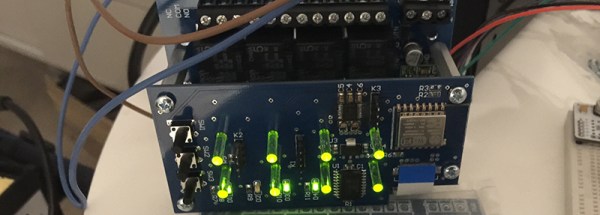






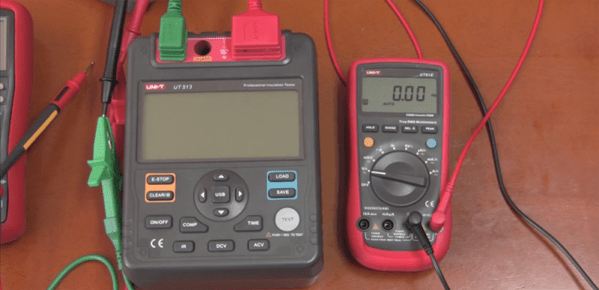
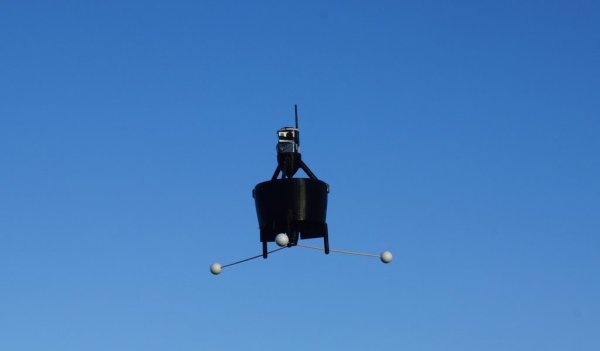

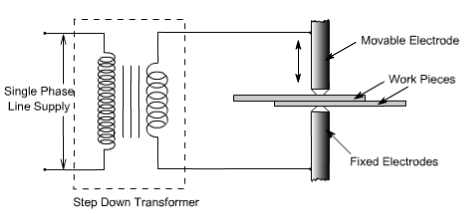 A spot welder works by passing an electric current through two thin pieces of metal. The resistance of the metal work pieces and the current passed though them creates enough heat to melt and join the two together at a single spot. To be able to get the high current needed for this project, [mrjohngoh] started with an old microwave transformer. He removed the standard secondary coil and re-wrapped it with 1cm thick wiring to get maximum current out of the transformer. The ends of the coil wire attach to electrodes, which are made from a high-current electrical plug. The electrodes are mounted at the ends of a pair of hinged arms. The weld is made when the two pieces of metal are sandwiched between the electrodes and power is applied.
A spot welder works by passing an electric current through two thin pieces of metal. The resistance of the metal work pieces and the current passed though them creates enough heat to melt and join the two together at a single spot. To be able to get the high current needed for this project, [mrjohngoh] started with an old microwave transformer. He removed the standard secondary coil and re-wrapped it with 1cm thick wiring to get maximum current out of the transformer. The ends of the coil wire attach to electrodes, which are made from a high-current electrical plug. The electrodes are mounted at the ends of a pair of hinged arms. The weld is made when the two pieces of metal are sandwiched between the electrodes and power is applied.